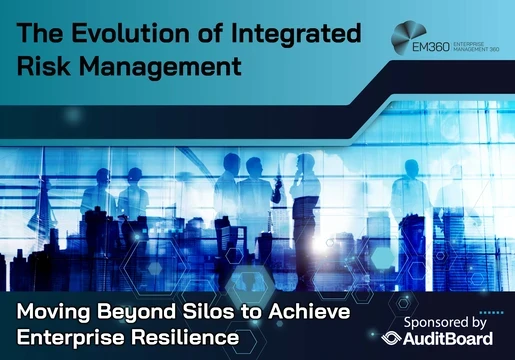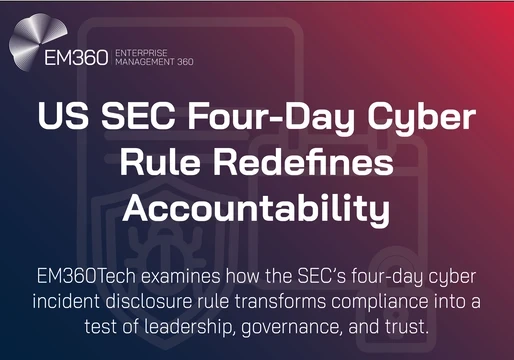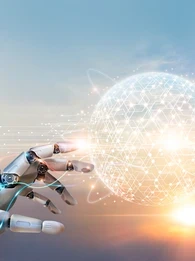
Business leaders are aware of the struggles that come with delivering high-value digital experiences with limited resources. Besides, in today’s multi-cloud and automated environment, the traditional approaches don’t cut it anymore.
This is why businesses need to embrace new technologies that can help them:
- Automatically identify and prioritize issues
- Optimize resources and save time for developing new innovations
One such technology centric-approach they can embrace is AI observability, which we've discussed in detail below.
This is because a recent survey of CIOs from large enterprises found that despite investing in an average of 10 different monitoring tools, IT teams have only achieved full observability in a mere 11% of their IT environments.
The survey also noted that people who actually required access to these tools did not have it, which hindered their ability to manage modern IT environments.
What is AI Observability, And Why Do We Need It?
It is a cutting-edge approach that seeks to manage modern IT environments by utilizing machine learning (ML) algorithms to:
- Analyze data
- Provide accurate insights into IT operations
AI observability can automatically discover and map:
- All services
- Processes
- Interdependencies within a multi-cloud environment in real-time
This helps the IT teams to identify issues and prioritize them based on business impact.
It is a process that:
- Enables a proactive approach to identify issues beforehand and avoid failures
- Helps you analyze the root cause behind those issues and rectify them
Now, while the concept of AI observability may seem similar to monitoring, there’s a fine line between both.
Here’s how they’re different:
|
Monitoring |
AI Observability |
|
Simple-metrics based approach |
Complex analysis and correlation-based approach |
|
Focuses on individual and discrete components |
Focus on end-to-end workflows and business impact |
|
Has a limited ability to detect complex issues |
Ability to detect complex issues through machine learning algorithms |
|
May require manual intervention and configuration |
Is:
|
|
Provides limited insights into root causes |
Provides accurate and precise insights into root causes |
Key Components of AI Observability
Generally, most observability tools contain three components:
- Logs
- Metrics
- Traces
Some tools also provide an extra component, that is, events.
1. Metrics
Metrics are numerical values used to measure a specific characteristic during a particular time period.
You can use metrics to monitor the following:
- Performance
- Behavior
- Health of a system
You can gather metrics from various sources, such as:
- Applications
- Load balancers, etc.
They are essential in understanding the performance of a system.
By analyzing metrics over time, teams can spot:
- Trends
- Patterns
- Potential issues before they become major problems
2. Logs
Logs are records of events generated by an application, operating system, etc.
They capture information on various aspects of the system, including:
- Requests
- Errors
- Noteworthy events
You can use logs to:
- Identify the source and nature of issues
- Debug existing codes
- Improve system performance
For example, application logs can capture information about the performance of the application. You can then use this information to optimize the application, etc., if necessary.
3. Traces
Traces are similar but a bit different from logs, as they provide visibility into the series of codes entered or fed into the system prior to any issue.
For example, you can find out why your system crashed by monitoring the codes entered or fed prior to its crash.
Another example can be that you can identify why your system is working slower, by monitoring the codes that were live prior to your system slowing down, and so on.
Ultimately, it comes down to the observability platform you choose, which will decide how much data you can capture, as the same it is different for each platform.
4. Events
This is an additional pillar to help businesses improve the observability of their IT systems. It is a component of observability that can help in registering specific actions taken by the system.
For example, you can configure a system to register an event every time an admin user executes a privileged task.
Over time, these events can be analyzed to determine patterns and anomalies, and so on.
How To Achieve AI Observability?
Businesses can achieve observability by:
- Developing in-house solutions
- Utilize MLOps components
However, both of these approaches come with multiple hurdles, such as:
- Maintenance burden
- Slow system adoption
- Talent acquisition hurdles
AI observability platforms such as Middleware overcome all these challenges and provide a wide range of benefits, such as:
- Simple and scalable solutions
- Ease of use and faster system adoption
- Sustainable partnerships
- Support from industry experts
Artificial Intelligence observability solutions also allow you to monitor the following in an automated manner:
- ML pipelines
- Data
- Models
This method:
- Enables businesses to quickly identify and address issues in their pipelines
- Simplifies the monitoring of thousands of deployed ML models simultaneously, which contributes to improved system performance
Things to Keep in Mind While Choosing an Observability Platform
A cloud observability-centric platform plays a crucial role in achieving the following goals for modern IT systems:
- Achieving scalability
- Security
- Reliability goals for modern IT systems
However, owing to the complexity of distributed and hybrid cloud environments, selecting the right observability platform can be challenging.
Here are some factors that you need to consider when selecting an observability platform:
- Data collection
Your platform should be able to manage the immense volume of data generated.
It should be able to:
- Retrieve data from various sources
- Store and analyze it quickly
- Present meaningful insights to operators
- Data Processing
The platform should also be capable of separating important events from the noise and detecting anomalies.
- Integration
It must integrate seamlessly with your existing tools and workflows, which would prevent the need for extensive changes to your existing process flow.
- Alerting
Your observability platforms must notify you of issues in real-time so that you can address them before they become major problems.
- Automated Installation
It is crucial for the observability platform to be easy to install on its own, as it saves time and resources while ensuring consistency.
- Data Visualization
The observability solution you pick must have clear and intuitive visualization capabilities, which will allow you to quickly identify issues and take action.
- Real-time Data
An observability platform must be able to collect real-time data from all components of the system, including any target components.
It should also be able to do the following in a manner that is both meaningful and cost-effective:
- Store
- Index
- Correlate them
- Scalability
This is an extremely crucial aspect. The observability platform you choose should be able to scale up as your environment grows without sacrificing its performance or functionality.
- Vendor support
You should check whether the platform is backed by the vendor or not by check their existing customer support track record and reviews.
- Security
Your observability solution must ensure that your data is protected and that the platform itself is not vulnerable to attack.
To Conclude…
So, if you're planning to jump on the AI observability bandwagon, then you can consider Middleware.
It is a monitoring platform that focuses on managing complex applications with multiple tiers.
This solution also offers the following:
- Extensive management capabilities for both the application layer and underlying infrastructure
- Smart visualization
- Alerting features
You can easily monitor your AWS environment with the help of its:
- Suite of tools
- Automatic alerting
- Customizable dashboards
The application also:
- Gathers logs from various origins, such as EC2 instances
- Offers a unified log analysis solution
It also allows users to:
- Search
- Filter
- Analyze log data
- Create notifications and alerts
- Efficiently troubleshoot problems in their AWS setup, etc.












Comments ( 0 )